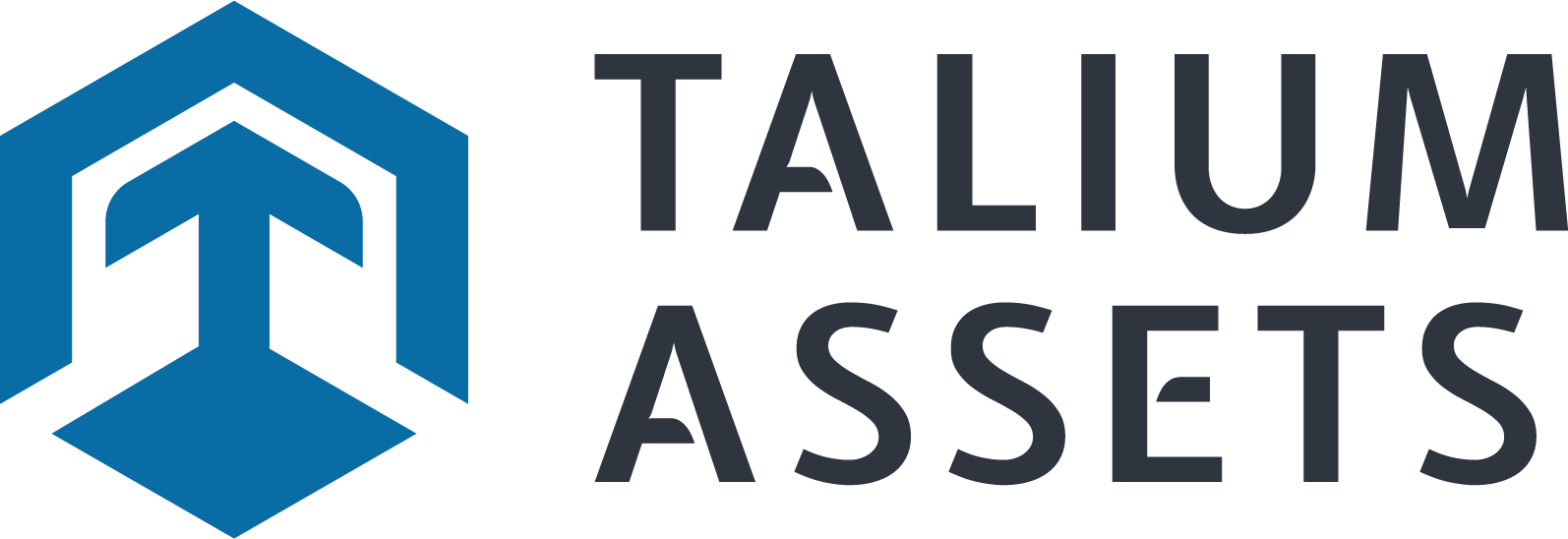FAQs
FAQ
Talium is the company behind Talium Assets. To know more about it, please consult the page “Who are we”
The co-founders of Talium are François de Chezelles, CEO and Julien Brodier, CTO.
Talium Assets uses the ERC-1400 standard which allows the execution of any regulatory workflow when transferring assets.
Verifying the proper application of all regulations, contracts and covenants for each transfer of financial title is usually very costly.
Talium Assets allows you to minimize or even avoid the human intervention required during an asset transfer while remaining compliant.
All EVM-like blockchains can be used to issue tokens to our platform.
Ethereum is the most known, but we can also issue tokens to tens of blockchain networks (eg. Binance Smart Chain, Wanchain, Skale, Rootstock, Ava/Athereum, Oasis Network) for scalability or low gas fees. Non-EVM could be added on-demand depending on market needs.
Absolutely, your token is transferable to any platform sharing the same token standard.
ERCs (Ethereum Request for Comments) are the standards that enable the deployment of smart contracts. They each offer different possibilities.
The ERC-20 is adapted to model assets whose governance is simple in terms of transferability.
The ERC-1400 used by Talium Assets is suitable for modeling assets with complex transferability rules. For example, an equity token is governed by a shareholders’ agreement, company articles of association, local and/or international authority regulations. These rules are complex, versatile and for some, confidential. The ERC-1400 is ideal to meet these types of constraints.
A token is the digital representation, on a shared register (e.g. blockchain), of the ownership of an asset.
The qualification of the nature of the asset is up to the market authorities.
Tokenization consists of digitizing the ownership of assets in the form of tokens. In this context, the blockchain/ DLT serves as a tamper-proof register to store these tokens.
Tokenization goes much further than simple digitization of assets, it allows :
- A transferability without an intermediary (account keeper) in peer-to-peer, via the Internet;
- A global market opening;
- The existence of liquidity on assets that are currently illiquid (real estate, art);
- Improved efficiency; elimination of intermediaries at the source of transaction costs;
- The fractionalization of assets, i.e. the possibility to acquire a fraction of a token;
- High transparency thanks to a reliable (non-repudiable) and real-time audit;
- The programmability of assets, thanks to ‘smart contracts’.
You can also check the page “what to tokenize and why” to know more.
A distributed (or shared) ledger is a ledger simultaneously recorded and synchronized on a computer network, which evolves by the addition of new information previously validated by the entire network and intended never to be modified or deleted.
A distributed registry has no central administrator or centralized data storage.
One form of the distributed registry is the blockchain, which can be public or private.
But not all distributed registry systems rely on a blockchain to successfully execute a distributed consensus: the blockchain is only one type of data structure that can be used in a distributed registry.
The qualifier ‘blockchain’ applies only to linear blockchains (e.g. Ethereum, Bitcoin, Tezos, Cosmos, Substrate) and not to systems based on directed acyclic graph (e.g. Tangle, Hashgraph), nor to key-value systems coupled to a Merkle tree (e.g. Microsoft CCF).
A Smart Contract is a program executed by all the validators in a network. Its execution is deterministic and is subject to a consensus between validators before they can change the state of the blockchain. The smart contract allows high reliability in execution, total or selective transparency and traceability of its execution. The best known Smart Contracts are those based on the ERC models proposed by Ethereum. However, this technology is possible on other blockchains.
You don’t find the answer to your question? Use the chat or send us an email at
